The Success Story of Living Actor's SaaS Chatbot Assistant
LivingActor enhanced customer interactions by implementing a SaaS chatbot assistant, transforming user engagement and streamlining support services. This case study highlights the challenges faced and the improvements in customer satisfaction achieved.

Technology, Software as a Service (SaaS), Customer Support, Healthcare, Finance, Retail, Education, Telecommunications, Manufacturing
6 Years
1 Project Manager, 2 Software Engineers, 1 Frontend Developer, 1 Backend Developer, 1 DevOps Engineer, 1 QA Engineer, 1 UI/UX Designer, 1 Integration Specialist, 1 Data Analyst
The Engagement
Living Actor seeks a committed team for long-term project engagements, emphasizing collaborative support over several years. They require a dedicated team to ensure consistency and quality in their project outcomes.
Key attributes for the team include:
- Expertise in Legacy Code: The team should be proficient in reading and interpreting legacy code, especially when documentation is lacking, enabling them to understand and enhance existing systems.
- Cost-Effectiveness: They prioritize value for money rather than the cheapest option, aiming for quality work within the budget.
- Quality and Service: The team must possess the necessary skills in software development, communication, project management, and customer service to deliver high-quality products.
- Global Talent Access: A diverse pool of talent from around the world is essential to bring various skills and perspectives, which can enhance the final product. Strong communication and collaboration skills are crucial for successful remote work.
Clients we served
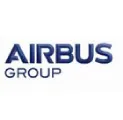
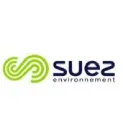
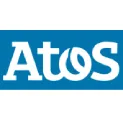
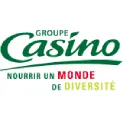
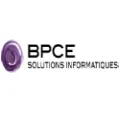
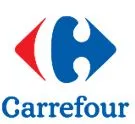
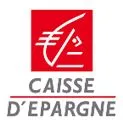
The Challenge
As LivingActor seeks to enhance its services, several challenges related to legacy systems must be addressed:
- Legacy Code Complexity: The vast volume of legacy code complicates modifications and system management.
- Skilled Engineer Requirements: Maintaining these systems necessitates well-trained engineers who can navigate intricate code interpretation.
- Need for Modernization: Critical efforts are needed to update systems for improved performance and maintainability.
- Software Deployment: Regular deployment of the latest software versions is essential for incorporating new features and reducing downtime.
- Modification Difficulties: Outdated systems hinder modifications, bug fixes, and the addition of new features.
- Growing Code Volume: The increasing amount of legacy code raises the risk of side effects with each change, complicating maintenance.
- Performance Improvement: Ongoing efforts are necessary to enhance performance and maintainability.
- Staying Current: Keeping the system updated with the latest versions is vital for functionality.
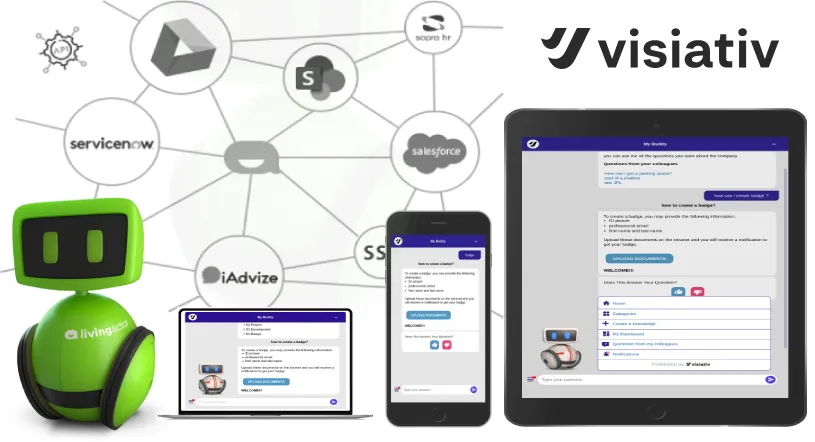
The Solutions
To address LivingActor's challenges, we implemented a range of solutions:
Legacy Application Management
Analytics System Refactoring
New Assistant Interface Design
Backoffice Redesign
Automated Functional Testing
LA Assistant Desktop Development
Native Android App Development
Call Distribution Algorithm
Advanced Form Management
SSO Implementation
SharePoint Integration
Google Chat Integration
Microsoft Teams Integration
Facebook Messenger Integration
Meta Workplace Integration
External DMS Search Engine
New NLP Engine Bridge
Connectors to External Systems
PHP Migration
Tree View Implementation
Import/Export Knowledge Base
Customized Statistic Reports
Results and Impact
The solutions provided to LivingActor delivered significant results:
Enhanced Functionality and User Experience
Improved Maintainability
Increased Productivity
Easier Staffing
Business Growth Amid Pandemic
Knowledge Preservation
Seamless Feature Additions
Time-Saving Import/Export Functionality
Seamless Updates
Improved Performance
Faster Customization
Services We Provided
- Requirement Study
- Requirement Specification
- UI/UX Design
- Responsive Web Design
- Web Development
- Software Documentation

It's a pleasure and a chance working with Engineeous. Engineeous provides excellent IT services to Living Actor to build and manage Chatbot, NLP & AI technologies...
Benoit Morel
CEO, LivingActor
Transform Your Business with Cutting-Edge Chatbot Solutions
Unlock growth with tailored chatbot solutions. Contact Engineeous today to enhance user engagement and streamline your operations!
Schedule a Call
Explore Our Other Case Studies

Live Chat Customer Support System
Efficient Operator Distribution and Conversation Management in Live Chat Customer Support System

Analytics System for Chatbot Interactions
Enhancing Chatbot Performance with a Real-Time Event Analytics System

Chatbot Knowledge Base Management System
Empowering Intelligent Knowledge Management: A SaaS-Based Chatbot Knowledge Base with Contextual Precision